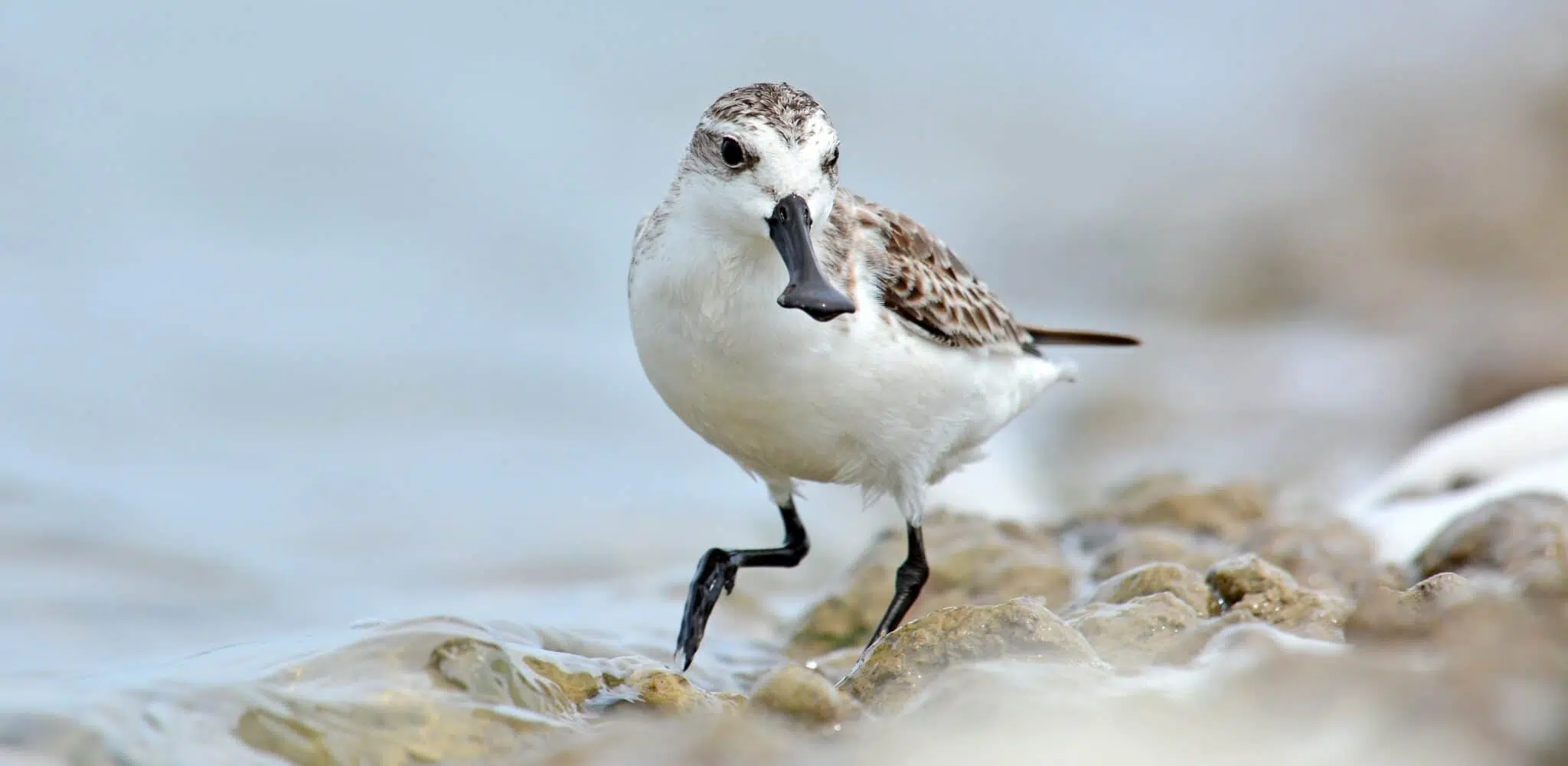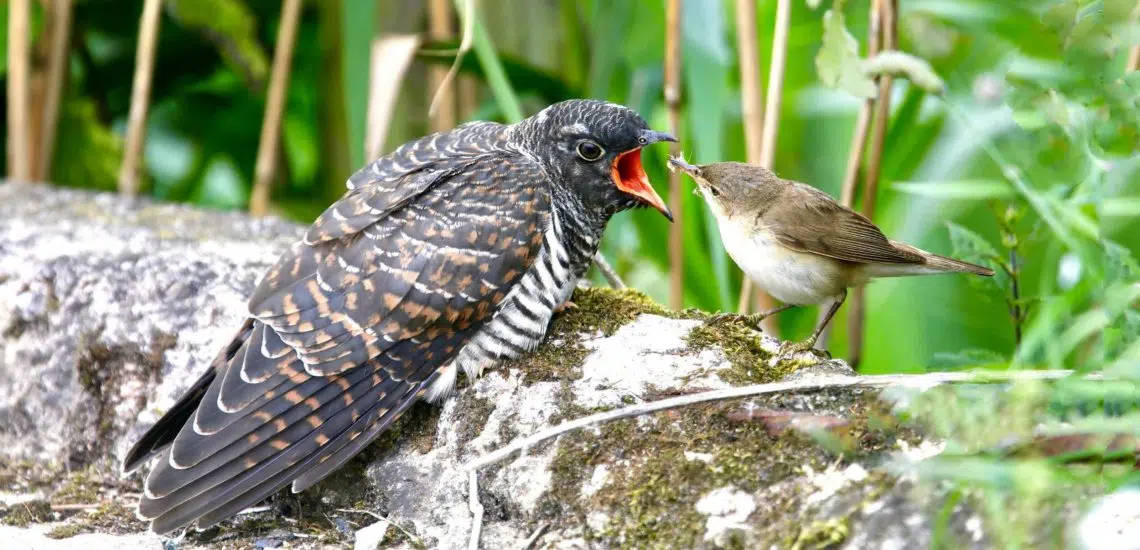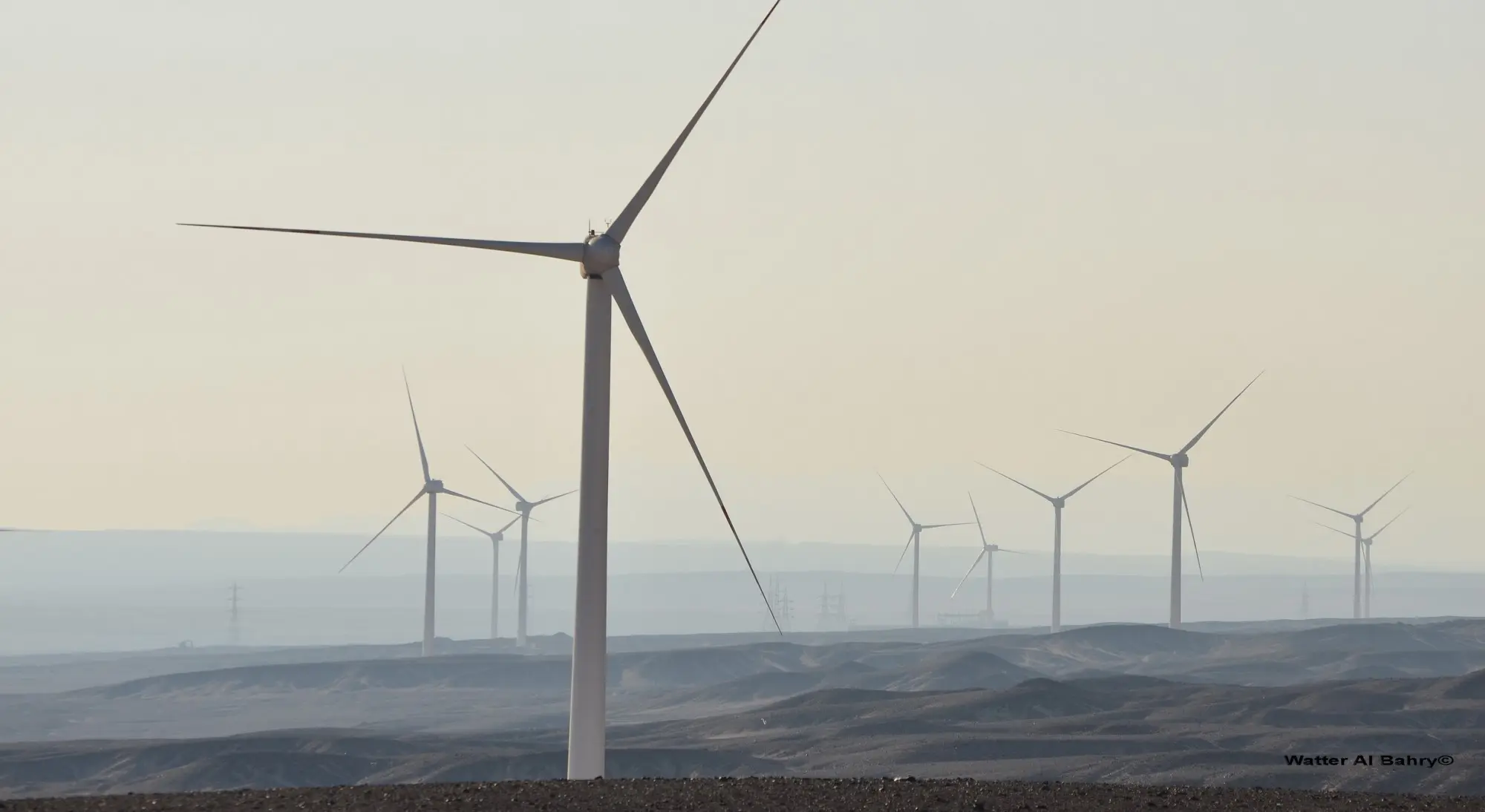Why do birds migrate? A tale of myths, threats and conservation
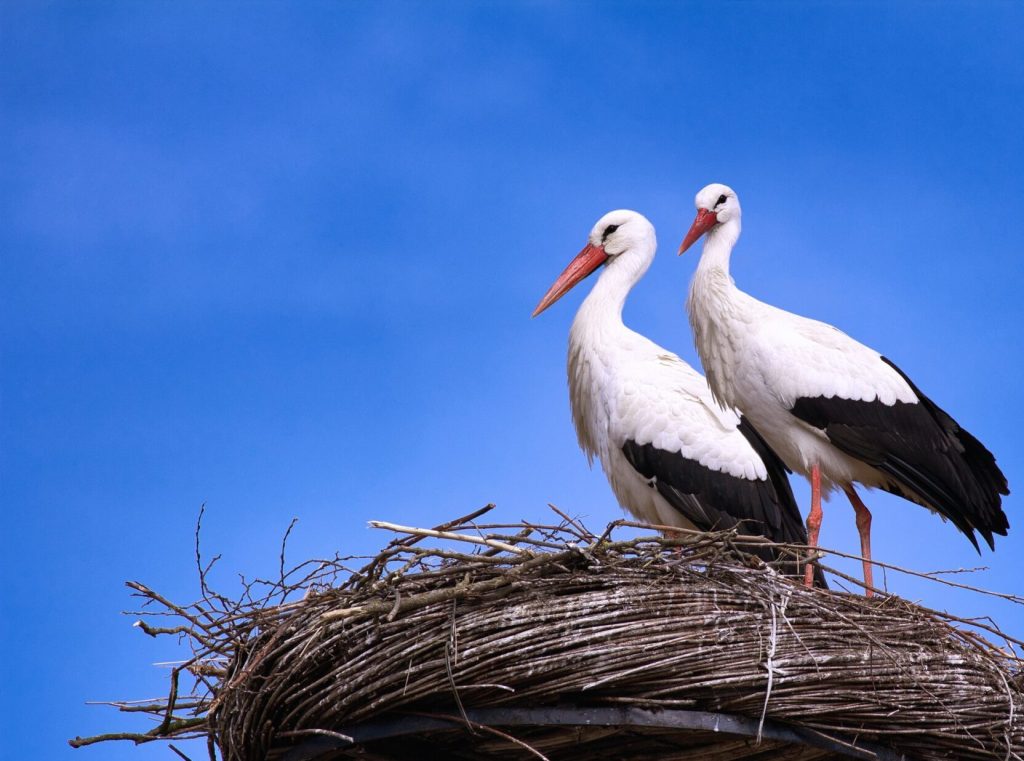
On World Migratory Bird Day, we celebrate one of nature’s greatest wonders – bird migration. Twice a year, we marvel at this extraordinary spectacle as migratory birds undertake epic journeys around the globe, connecting and inspiring people along the way.
By Danielle Shaw
Header image: Rijk van de Kaa
A vast range of birds undertake migratory journeys, including such well-travelled species as Arctic Tern, which ventures from pole to pole twice a year, and Bar-tailed Godwit which, incredibly, can fly non-stop from Alaska to New Zealand in as little as 11 days! Bird migration is a huge feat of endurance requiring immense strength and stamina and comes with a real risk of death along the way. So, it begs the question of why birds brave these epic journeys, and how do they know when or where to travel?
This question has been a source of fascination for centuries and has inspired some wild theories, from 17th-century scientist Charles Morton declaring that birds migrate to the moon and back each year, to philosopher Aristotle suggesting that redstarts transform into robins for the winter. While these theories are creative and entertaining, scientists now have a much better understanding of bird migration.
Birds rely on habitat that provides enough food to nest and raise chicks, but as habitat, food availability, and weather all change with the seasons, birds must move from place to place to survive and thrive. A bird’s urge to migrate is hormonal, with the change in natural sunlight triggering hormones that make them become restless, gather in flocks, and eat more food to stock up for the long journey ahead. The technical term for this is Zugunruhe, which means migratory restlessness and comes from the German words ‘zug’ (meaning to move) and ‘unruhe’ (restless anxiety).
Once ready to set off, the journey typically takes birds south for the winter where food is more abundant, then back north to breed in the spring. White Storks move from Northern Europe to spend the winter in the south of Spain or even further south to Southern Sudan or Eastern Chad, where swarms of insects after the rainy season is a welcome feast. Over in Russia, the Spoon-billed Sandpiper breeds in May before travelling through China and Thailand to winter in the Gulf of Mottama in Myanmar, a diverse wetland that supports 50% of all Spoon-billed Sandpipers.
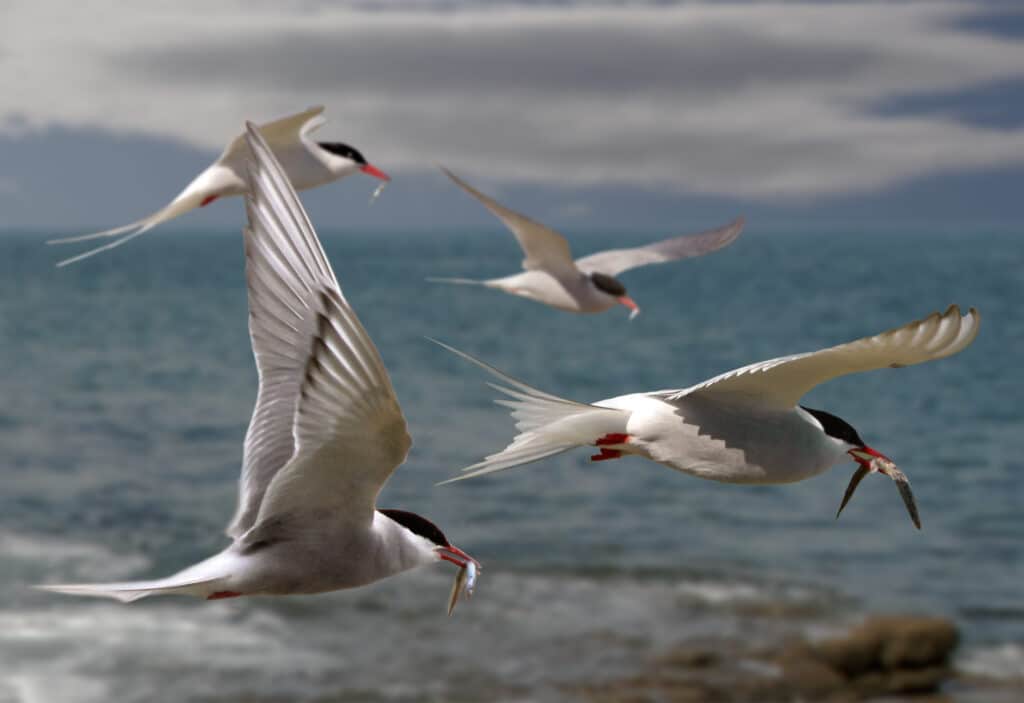
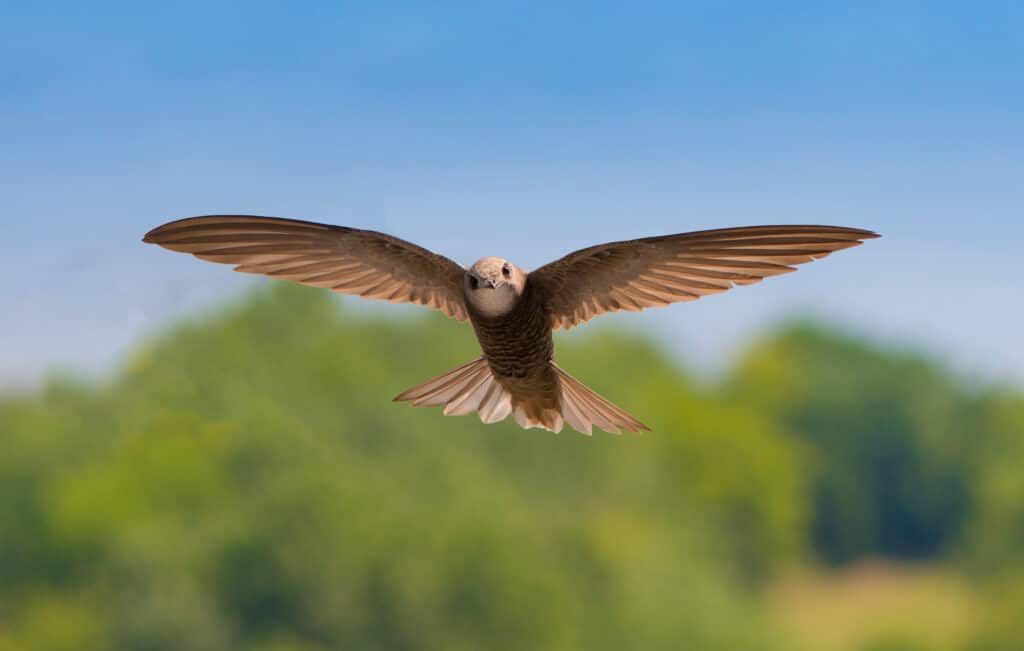
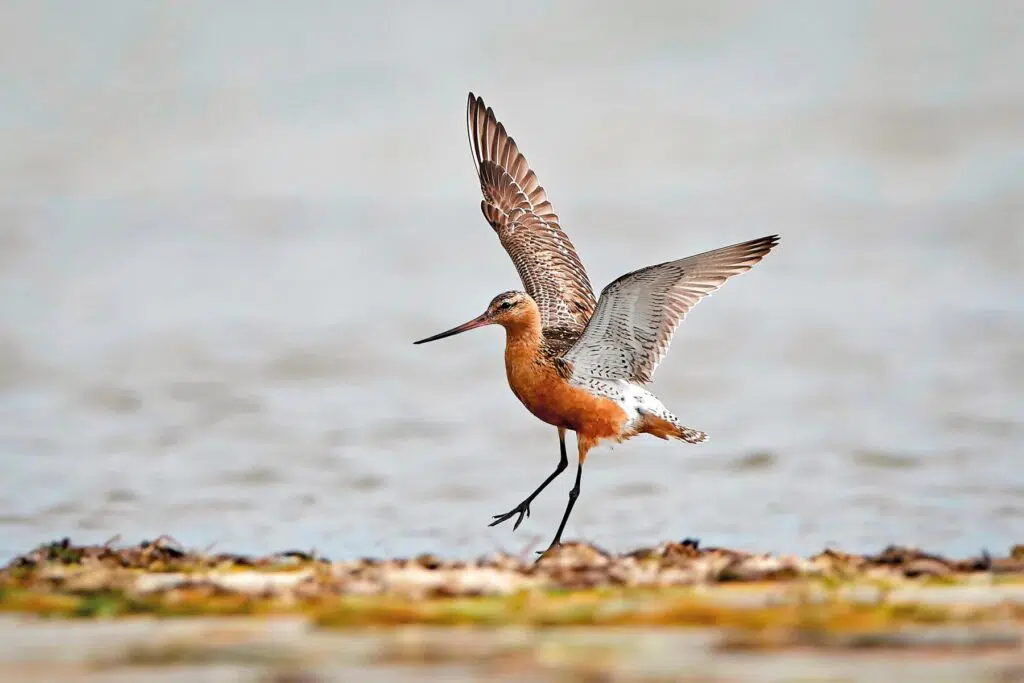
Threats along the flyway
Migratory birds don’t embark on these journeys at random, they follow set routes that provide places to rest and refuel along the way. Many species share similar routes, known as flyways, which are essentially bird super-highways across the sky. Birds that travel along these flyways reach impressive speeds, heights and distances, and if the journeys weren’t already exhausting and dangerous enough, human impacts are making them even more perilous.
Imagine how you would feel after travelling long-haul, finally reaching your destination, and having nowhere to sleep or sit down for a meal. This is the reality for many migratory birds, who arrive at their wintering grounds to find them destroyed by farming, development or pollution. Risks from development along the flyways mean that some don’t even reach their destination, as many are killed from collisions with buildings and powerlines or dazed and drawn off track by light pollution. Others are tragically killed by illegal hunters. In addition, climate change is expected to impact migratory birds’ survival over the coming decades. Timing migration just right is critical but changing seasons due to climate change means that some species are migrating earlier and arriving before food is available.
Although the threats are severe, it’s not too late to create a better future for migratory birds. Here at BirdLife International, we believe that by working together, across borders and continents, we can ensure that migratory birds can thrive for generations to come. The BirdLife Partnership links together conservation organisations in countries along the length of the flyways, allowing us to collaborate to protect these birds at each stop on their route. For decades, we have witnessed bird migration connect and inspire people around the world, motivating them to come together to advocate for birds and their habitats and share the magic of migration far and wide. What better ambassadors for the global collaborative effort to tackle the climate and nature crises?
Click here to find out more about World Migratory Bird Day.

Related News
Stay up to date
Sign up to receive the latest bird conservation news. You’ll also receive updates about our projects, science and other ways to get involved including fundraising.
Thank you for your support, we are committed to protecting your personal information and privacy. For more information on how we use your data, please see our Privacy Policy. You can unsubscribe from emails at any time by using the link in the footer of any email from us.


